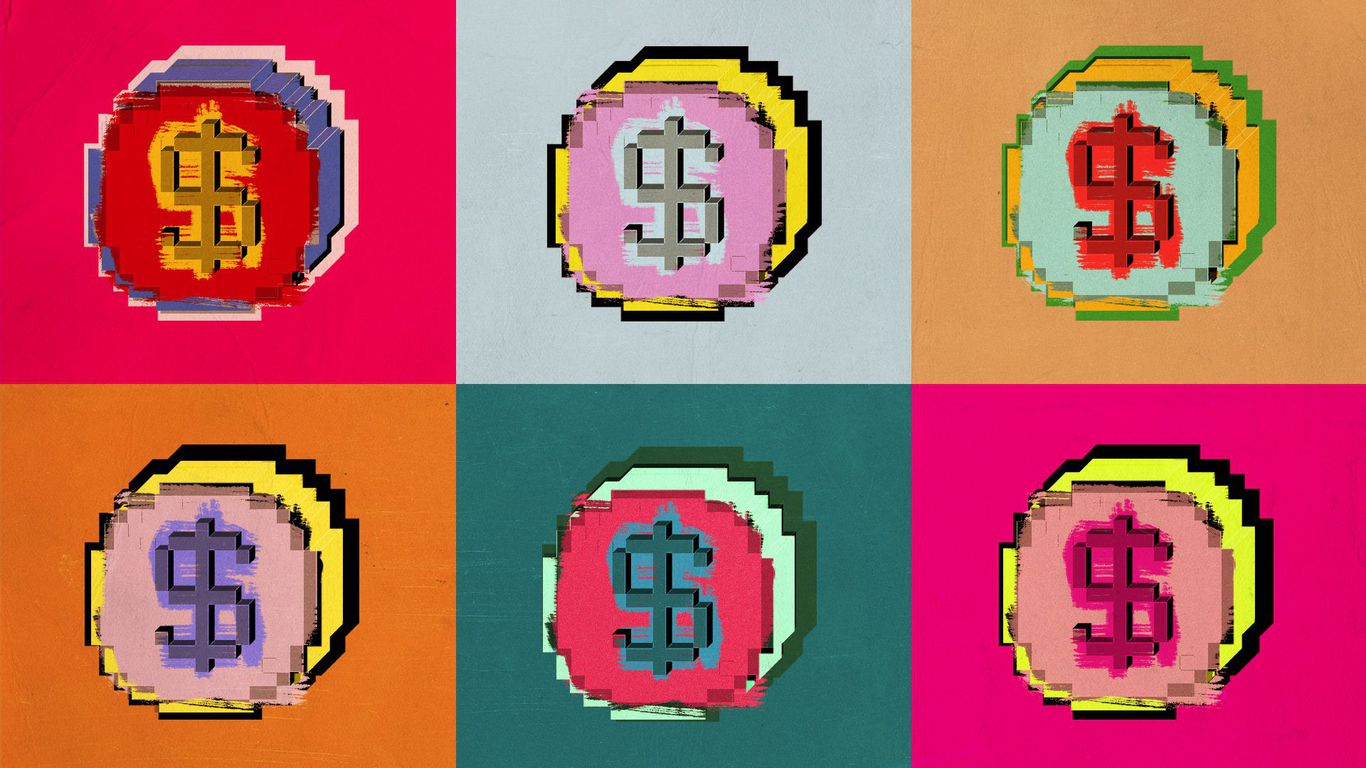Non-fungible tokens (NFTs) are digital assets that are represented by a unique form and are resistant to tampering. In this article, we will talk about how the crypto bear market is inspiring NFT artists. The gameplay of most blockchain-based games where items can be traded, transferred, and sold is typically completed with the use of NFTs.
Non-fungible tokens (NFTs) are digital representations of assets or things. They represent something that’s unique and cannot be replicated, like a painting or a physical asset. These digital assets are built on top of the Ethereum blockchain. By combining multiple NFTs together and pairing them with contracts, you can “breed” a third, unique token and transform it into new assets — all without ever having to touch the original NFTs.
When people start to realize that they can not only monetize their artwork and collectibles but also make money, they will turn to new opportunities. In this case, CryptoKitties are now making a big impact on the digital art market. Through the NFTs of CryptoKitties, artists can now reach an entirely new demographic of collectors who are interested in crypto and crypto collectibles.
While NFT artists can no longer count on a frothy crypto market to boost their sales, they’re trying to get creative and lower their expectations.
Last year, NFT mania struck, and many hoped it would prove to be the solution to artists’ financial struggles.
Here’s a quick overview: NFTs are digital records of ownership on blockchains – typically the Ethereum blockchain. NFTs can be minted by artists, then sold to collectors as digital ownership rights.
NFT Crypto Market Retreat
This year’s crypto market has been in full retreat, which greatly affects the value of most NFTs.
- Since November 2021, ether coins have reached a peak value of nearly $5,000, now worth about $1300.
- Compared to a high of nearly 225,000 transactions this past April, OpenSea, one popular NFT platform, has fewer daily transactions at around 60,000.
According to experts, the NFT market was flooded with varying-quality content, which pushed prices down. The number of NFTs being created was also higher than the number of NFTs being purchased.
Although the hype has subsided, Lynnette Blanche, co-founder of Desire Path, a digital community for NFT-curious photographers, says there’s still a vibrant community of people buying and selling.
- According to Blanche, “smaller artists and communities are still doing a lot of creating and selling, which is consistent with what was happening at the beginning.”
- I think there is less hype now compared to early days when people were at home and there were fewer activities to do when people had quarantine and COVID.”
Noah Kalina, a photographer in New York’s Catskills who was relatively early to the phenomenon, says it has evolved from a means of paying the bills to an additional income stream.
- Kalina told Axios that the NFT market has become part of life in many ways.
In the NFT world, Pete Halvorsen, a commercial and fine art photographer, is using the bear market to prepare for a possible rebound.
- “I’ve used this opportunity to start becoming more multi-disciplined with taking my images, and I’m currently experimenting with other ways in which I could present them — whether it’s by using some [generative art] aspects or even by integrating artificial intelligence into my images,” he adds, referring to the increasingly popular use of artificial intelligence as an art tool.
Despite the financial pains, all the NFT world sources who spoke to Axios for this article agree that the community is better off now that those who only came for a quick cash grab have left.
- Halvorsen explains that things have tightened because misery loves company and people are always willing to share their struggles with others.
Artists can still earn some revenue from NFT sales, too, if they’re already big names or if they get invited to sell alongside other creators in high-profile collections, says San Francisco Chronicle photojournalist Scott Strazzante.
The energy consumption of cryptocurrencies led a number of artists to criticize NFTs.
- The recent “merge,” however, reduced Ethereum’s power consumption dramatically – a change that could attract more creators if the market rallies again.
NFT Artists Glory Days
NFT artists hope to see the glory days return in the coming years. Although many in the community still celebrate the still-thriving community, they remain realistic about that possibility.
- As Strazzante describes his collection of NFTs, “I always thought, ‘I’m going to flip these for some money,’ and ‘This might be something — I can quit my job eventually,'” he says. There’s no doubt those dreams are gone by now.”
- Despite this, he adds, the NFT space is fantastic in general. “I see the work of so many photographers I didn’t know existed on Twitter Spaces, and there are still a lot of people who talk about photography.”
Via this site

